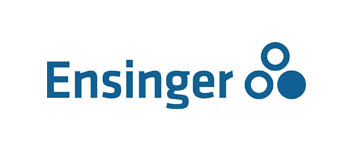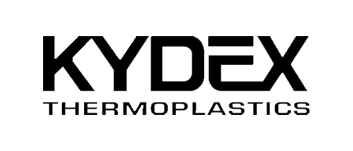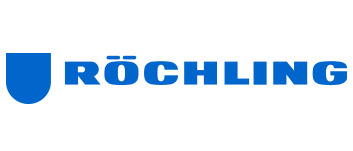What is Microban® antimicrobial product protection? Microban® International custom engineers durable antimicrobial solutions for a broad range of product applications. Our engineers work with over 20 different antimicrobial technologies in order to deliver the most effective antimicrobial solution for a specific product application. Our team of engineers and microbiologists evaluate each individual product application and develop an antimicrobial solution based on that application’s usage conditions, those microorganisms likely to impact the application and the product’s manufacturing parameters.
Microban protection can be found in the leading brands of consumer and industrial products around the world.
How does Microban® technology work? When a microorganism comes in contact with the acrylic surface, Microban® protection penetrates the cell well of the microorganism making it unable to function, grow and reproduce.
Is Microban® antimicrobial protection needed on an acrylic surface? Acrylic is a non-porous surface, requiring less maintenance than many other available surfaces. However, even unprotected acrylic surfaces can be breeding ground for microorganisms that can double in number every 20 minutes on an unprotected surface. Microban technology is designed to provide Lucite acrylic surfaces to provide an added level of cleanliness on the surface of the acrylic. Microban® antimicrobial protection inhibits the growth of microorganisms, such as bacteria that can cause stains and odors on the acrylic surface. The continuous antimicrobial protection of Microban® technology makes your Lucite surfaces easier to clean and keeps them cleaner between cleanings. And because Microban technology is built-in during the manufacturing process, it won’t wash off or wear away giving these surfaces continuous protection that lasts the lifetime of the Lucite acrylic.
EPA Registration Guidelines & Claims Antimicrobial additives for “inanimate” (non-living) surfaces fall under the jurisdiction of the Environmental Protection Agency. The EPA rules governing the usage of antimicrobial additives is defined under the Federal Insecticide Fungicide and Rodenticide Act, better known as FIFRA. FIFRA guidelines require that antimicrobial additives be registered for use with a specific sub registration for each end product application. The antimicrobial additive used in Lucite acrylic is registered by the EPA for use in acrylic surfaces.
In regards to claims, the EPA treated article notice specifies the allowable claims for products using built-in antimicrobial technology. These guidelines prohibit all companies using a built-in antimicrobial additive from making public health claims. The claims being made by Lucite are in compliance with the allowable claims as outlined by the EPA. Microban® antimicrobial product protection inhibits the growth of bacteria, mold and mildew that can cause stains and odors on the acrylic surface. Microban® technology makes Lucite acrylic surfaces easier to clean and keeps them cleaner between cleanings.
Microbiology Testing All products engineered with Microban® technology undergo testing to validate the effectiveness of the product as required by the EPA, which governs the usage of antimicrobial products. All products are tested using approved industry standard testing methods.
Bacteria Results Lucite samples were evaluated using the Kirby Bauer test method to evaluate the effectiveness against bacteria that can cause stains and odors on the acrylic surface. The samples below were inoculated with bacteria and then photographed after 24 hours according to test protocol (photographs were altered to change white acrylic background to blue for better visual reference of bacteria colonies). The sample on the left was untreated and shows significant contamination. The sample on the right was manufactured with built-in Microban® protection and shows virtually no growth on or around the sample.









